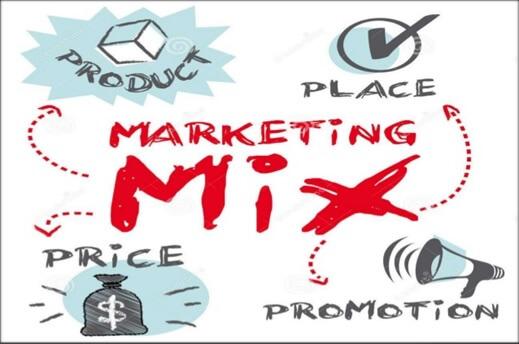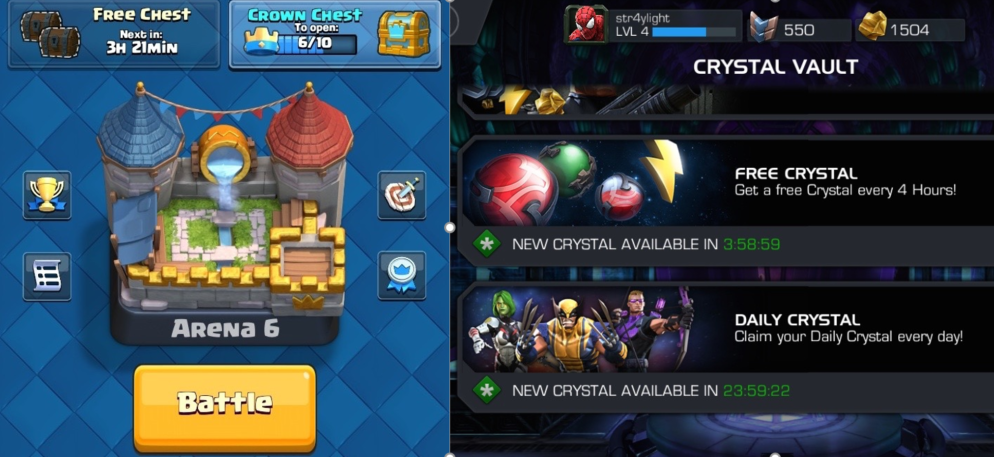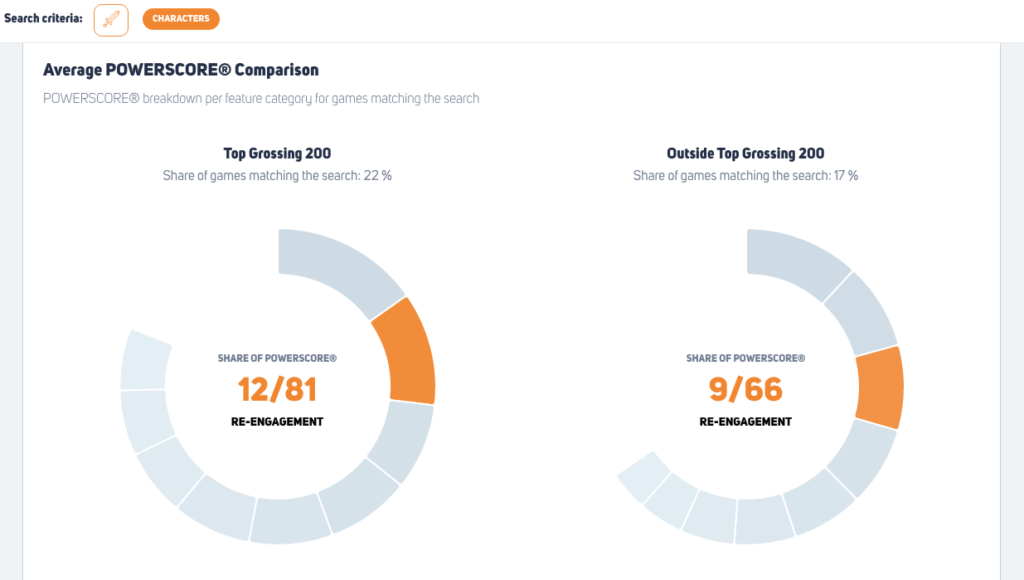Actually, this headline is misleading. You definitely should blame marketing, but not quite in the way most of you think. If you bring something to market, and cannot sell it, then your marketing does not work. But “marketing” is a much broader concept than just the ads and promotion that most people associate with the term.
When talking to indie developers, you will often hear them talking about a “a good game” they made, which they, unfortunately failed to market properly. Hence, they made just about no money with their game. Marketing for indie developers with limited resources and fame is really challenging, no argument there. The app store has matured quickly, with big developers with big budgets fighting over customer attention. In this environment, it is really hard for a small developer to get their games noticed and played.
However, the bigger problem often lies elsewhere. Usually, it is not fair to simply blame marketing for the failure to get to profitability. It is easy to blame marketing as this is the side of the process the core game development team often does not understand.
It seems common for indie developer teams to want someone else to do the dirty work of promoting the game. This leaves the developers to concentrate on pure art, without having to think about the dirty parts of selling the product.
Now, let’s go back to marketing basics. The good old Philip Kotler who every marketing novice has had to suffer through in college said that marketing consists of a “Mix” of “4 P’s”. Namely: price, promotion, place, and product. Notice that the product is in there! Marketing is not only about advertising. That is only one ingredient of the soup, even if that is the part most people instantly think about when they hear the word “marketing”.
So, let’s review what the 4P’s mean for marketing mobile games.
Place
This is pretty easy. In the physical world it’s about where you sell your product, such as a specific cafeteria or retail store. For us in the mobile space, it will all boil down to Apple’s App store, and Google Play. — At least outside of China (let’s not get started on your 200 other options inside China).
Price
This is also pretty standard. What we’re talking about here is free to download, and 4-6 IAP price points for hard currency. Usually, these price points will be from the set of 2, 5, 10, 20, 50 and 100 dollars. As a starting point, just do it, and move on to discuss something more important.
Later on, when your game gets some traction, you likely want to tailor your price points to your players based on market and player behaviour. If you don’t have the framework in-house, Scientific Revenue can help you with this.
Promotion
Promotion is what most people think about as marketing. This is only the advertising part, and it can be challenging.
At times, some consultants at conferences are seen telling developers that they need to reserve money for press releases at launch. This is a part where F2P mobile and premium PC/Console games differ enormously. For the premium titles, you are building up expectations ahead of the launch. There are gamers (who self-identify as such) who follow promising upcoming games and want to read about them. That’s often not true when it comes to mobile F2P players.
On mobile, there are lots of gamers who do not think of themselves as gamers. Usually, they do not really follow upcoming games with anticipation, or read a lot of news about mobile games. As a consequence, press releases and game reviews in (game specific) outlets will give you a measly handful of extra downloads for a F2P game.
News outlets will, in general, interest the early adopters searching for the Next Big Thing. These early adopters can be a great market for premium games, as they will pay up front. For F2P games, early adopters are a really bad fit. By definition, they will soon get interested in the Following Big Thing, and abandon your game. Thus, relying on them will lead to bad retention numbers.
Performance marketing is different. If you have a working product where you get the famous LTV > CPI (Lifetime Value is larger than Cost Per Install), you will be able to advertise profitably. If you do really well, you might also be able to do brand marketing, but honestly, that is quite far away for most indie developers.
All-in-all, promotion can get your game noticed, but without a really great game (product) you will only get a temporary boost. Yes, you do need to reserve tons of money and effort into promotion – that is essential – but before you do that, make sure you have a product worth promoting.
Product
When doing F2P, it’s clearer than ever that the Product itself is part of the marketing mix. Getting downloads is only the first step of the funnel towards making money. Most of the funnel actually happens inside the game. The complete path of your customer will look something like this:
Ad=>AppStore=>Download=>Tutorial => Retention => Virality =>Monetization
What we need to note is that F2P “internalizes” the selling of stuff. During the old days game developers could develop the game and leave the selling of the product to the physical retailer and its personnel. Nowadays, instead, your own monetization mechanics need to work. You need to use all the behavioral data that used to be left to the bricks and mortar stores and their marketing. A physical store used to run the Christmas sales, now you need to run the whole Christmas event yourselves – inside your game.
You need to create a product for a market, not find a market for the product you already created. The question is how to stand out among 800k games, and what features to implement to target that specific market or segment you’re aiming for. For this, you will need competitor data, and feature trends – to know where to differentiate to be noticed, and where to follow others for the things that just work. It’s not just new games coming to the market constantly, but new ways to make games interesting and able to generate revenue are invented all the time. You will also need to recognize and implement features that fit the synergies of *your* game, and are the best investment for your time and efforts.
Last, you need to use virality to build the user acquisition into the product itself. Again, this a a very clear point where marketing is integrated into the core of the product from the start.
Key Takeaway
So how can you, as a game developer, utilize the product-part of the marketing mix to its full potential?
Ask yourself a couple of key questions: WHY would my players recommend this game to their friends? WHAT makes my product interesting and appealing? HOW can I make the game better and interesting in the long run while keeping players coming back for more?
You will either need to create an internal analysis team able to provide answers to these questions, or you’ll need to figure out where to find these answers externally throughout the whole development cycle and way after global launch.
When equipped with the necessary information, designer skills and knowledge in all the parts of the marketing mix you will multiply your chances of becoming a winner in the contested marketplace – and your marketing team responsible for the promotion will have a product that will basically sell itself.
————
This article was written together with the (amazing 🙂 ) mobile games expert Torulf Jernström (CEO of Tribeflame Studios), and was originally published in PocketGamer.biz.























